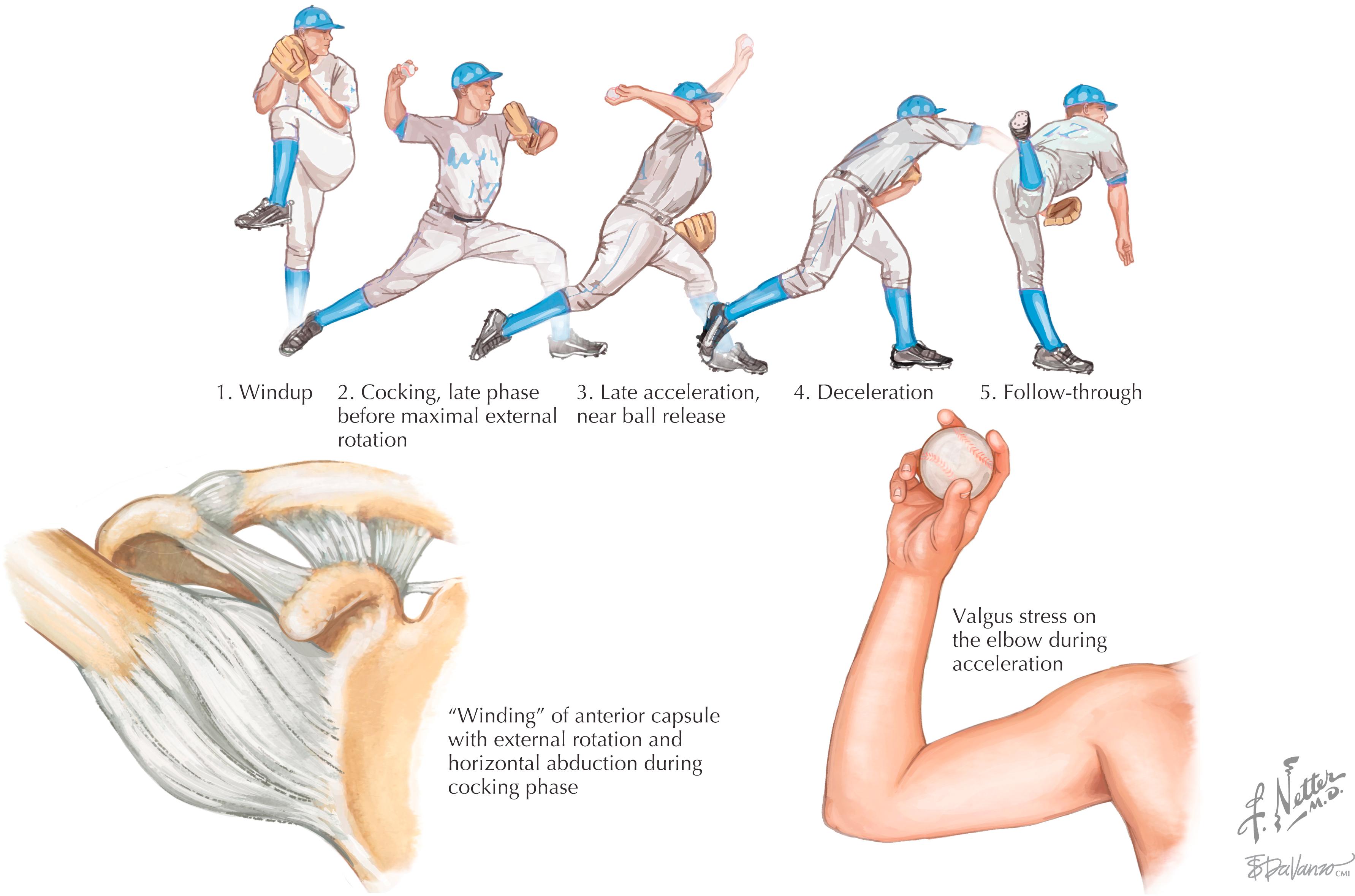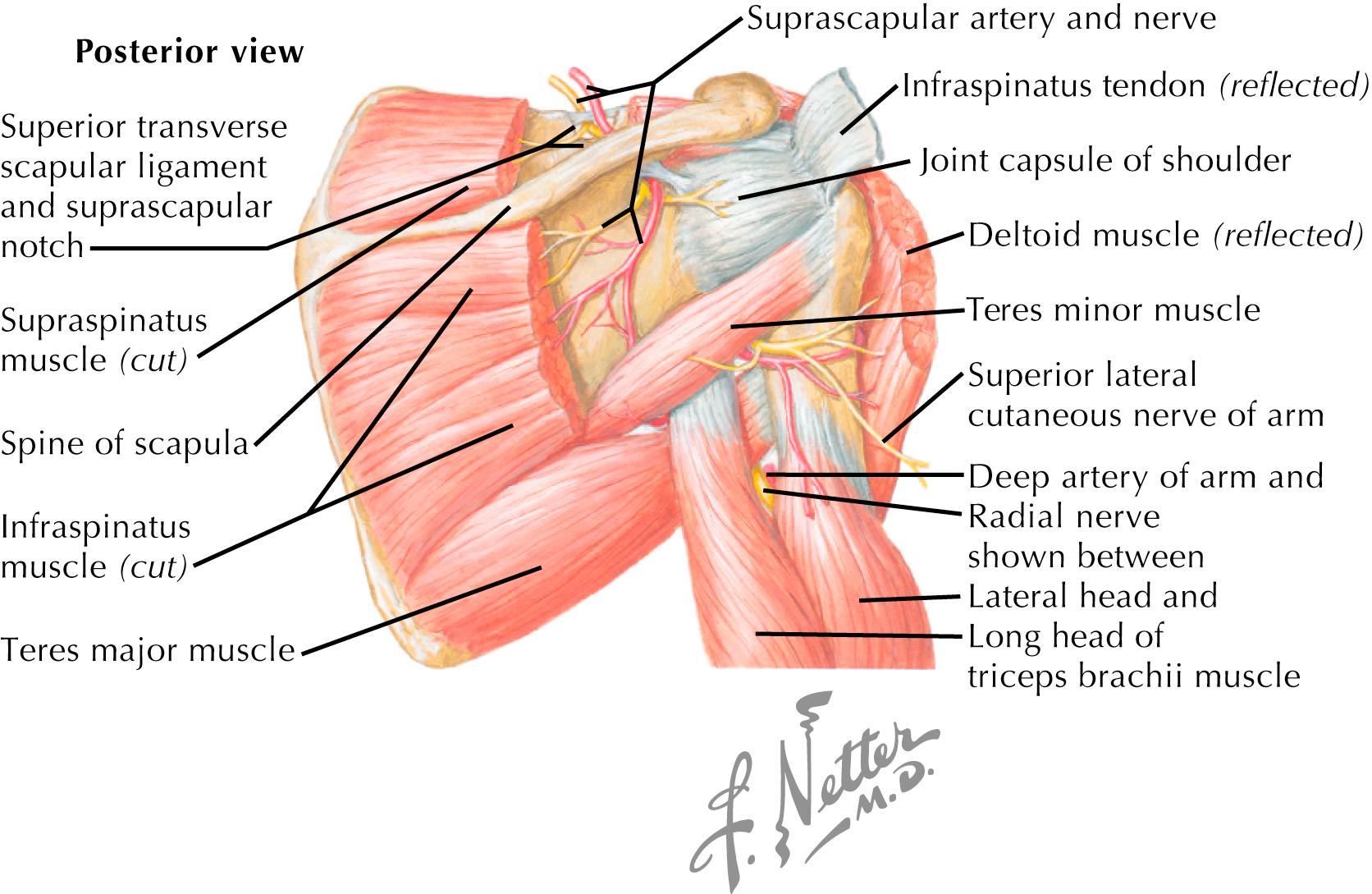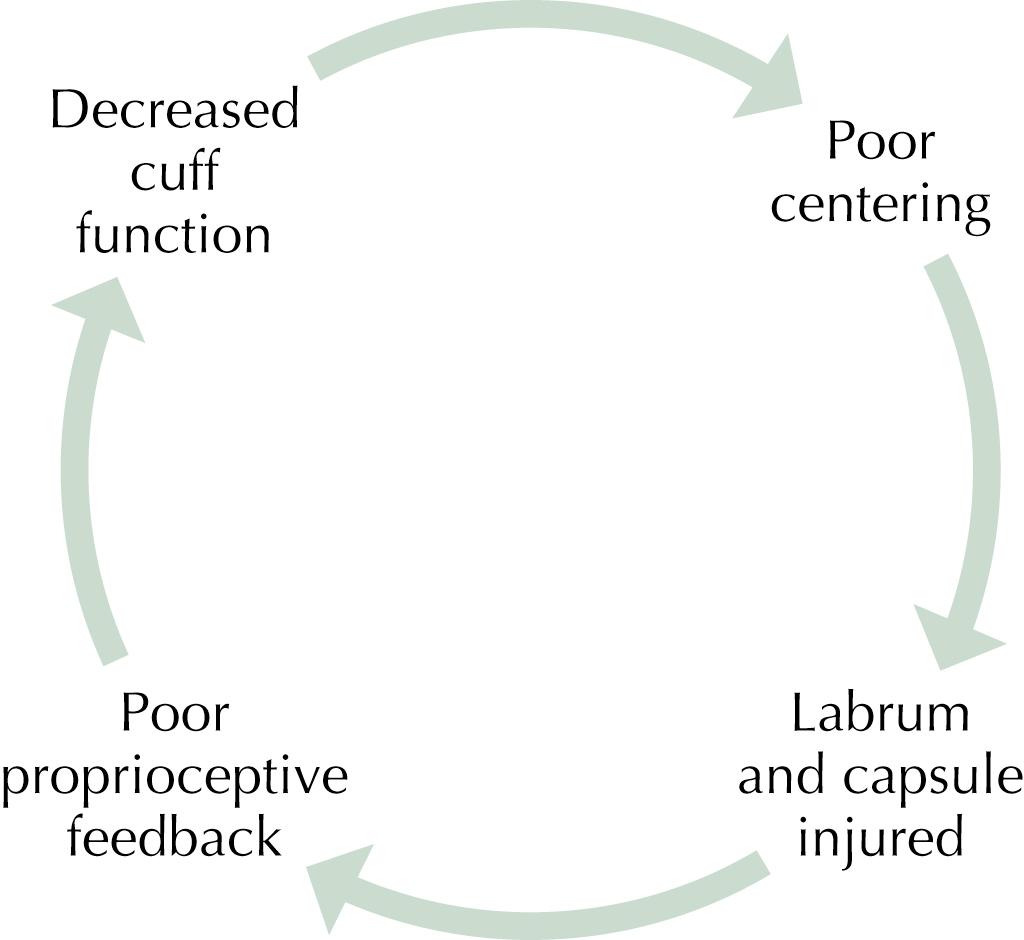Physical Address
304 North Cardinal St.
Dorchester Center, MA 02124
Baseball, the great American pastime, was first described by Abner Doubleday in 1839.
Shoulder and elbow problems became a familiar part of the game in the 1880s with the advent of overhand pitching.
Although ballplayers suffer the usual sports-related strains and sprains, it is in understanding common shoulder and elbow throwing injuries that the baseball team physician is defined.
Throwing is all about the transfer of energy from the body to the ball. A smooth transition will maximize ball velocity while reducing the risk of injury.
Injury anywhere along the kinetic chain (e.g., ankle sprain, hip labral tear) may result in decreased performance and injury down the chain.
The mechanics of throwing can be separated into five phases ( Fig. 74.1 ).
Because certain structures are susceptible to injury during each phase of throwing, determining the phase in which injury or pain occurs may help make a diagnosis.

Varies from pitcher to pitcher.
Description:
Begins from set position with ball in pitcher’s glove.
Arms drop and body rotates 90 degrees (see Fig. 74.1 ).
Stride leg is elevated and flexed.
Provides rhythm and balance.
Injury risk: minimal
Description:
Begins when supporting leg flexes, lowering body.
Stride leg moves toward plate. Stride length averages 75% of body height, with an offset of 0.4 cm (i.e., lead foot lands almost directly in front of back foot).
Trunk remains back.
Injury risk:
Stride too long: athlete will be unable to rotate hips, resulting in a loss of velocity. This is known as “arm throwing.” Pitcher may compensate by overloading shoulder; may result in rotator cuff strain.
Stride off line to first base side (right-handed pitcher): torso will be ahead of shoulder, resulting in “opening” too soon and stressing the anterior capsule; may result in shoulder instability.
Stride off line to third base side (right-handed pitcher): “throwing across body” may result in labral shearing.
Altered stride may be a sign of hip contracture or hip labral pathology. Physical examination is required to assess overall range of motion and to rule out femoral acetabular impingement.
Places arm in maximum external rotation while abducted.
Description:
Begins when stride foot makes contact with mound.
Hip rotation begins, followed by the trunk (speed of hip rotation correlates well with ball velocity).
Ends when shoulder reaches maximum external rotation.
External rotation in professional pitchers may approach 180 degrees.
Injury risk:
When shoulder is in maximum external rotation and 90 degrees of abduction, internal impingement may occur: undersurface of superior rotator cuff impinges against posterior/superior labrum. This may result in undersurface tearing of rotator cuff and posterior/superior labrum fraying.
Anterior capsule stretching may occur over time and result in increased anterior/inferior laxity and possible glenohumeral instability (see Fig. 74.1 ).
Generates ball velocity.
Description:
Begins with initiation of shoulder internal rotation.
Ends with ball release.
Injury risk:
Primary movers and stabilizers of shoulder are stressed by rapid acceleration that occurs (internal rotation velocity goes from 0 to 7000 degrees per second in less than one-tenth of a second).
Rotator cuff strain—primary stabilizer.
Latissimus dorsi, teres major strain—internal rotation and adduction.
Labral injury if humeral head does not remain centered during rapid acceleration. Risk is increased with cuff fatigue and subsequent loss of dynamic centering of the head.
Elbow is placed under significant valgus stress—ulnar collateral ligament (UCL) is under tension while the radiocapitellar articulation is under compression. Thus, UCL is at risk of tearing, and radiocapitellar articulation is at risk for osteochondral injury.
Valgus extension overload: as elbow extends under valgus load, posteromedial olecranon may impinge against olecranon fossa, resulting in posteromedial elbow pain. Over time, spurring and degenerative changes may occur at posteromedial ulnohumeral articulation (see Fig. 74.1 ).
Dissipation of energy as ball is released.
Shoulder undergoes a distraction force equal to body weight
Description:
Begins at ball release.
Final elbow extension occurs.
Final shoulder internal rotation occurs.
Ends when internal rotation velocity reaches zero.
Injury risk:
Superior labrum anterior to posterior (SLAP) lesion: traction injury to superior labrum at long head of the biceps tendon insertion.
Bennett lesion: traction osteophyte of posterior glenoid lip with thickening of posterior labrum and capsular attachment resulting from repetitive traction.
Allows for dissipation of energy
Description:
Begins at end of shoulder internal rotation.
Ends when trailing leg touches the ground.
Injury risk:
A proper follow-through reduces injury risk by gradual dissipation of the body’s kinetic energy.
Overhead throwing motion results in preponderance of upper extremity injuries because of the significant forces generated.
Underhanded pitching motion (e.g., fast-pitch softball) is typically not associated with significant overuse injury because it creates less stress on the shoulder and elbow structures. However, variations in throwing mechanics used to create more ball movement subject the UCL to greater stress and increased injury risk.
Description: The rotator cuff is key to a healthy throwing shoulder, centering and controlling the humeral head as the arm accelerates. With weakness, the cuff may impinge against the acromial arch, the capsule may stretch, or the labrum may tear ( Fig. 74.2 ). With subsequent labral and capsular injury, loss of proprioception may occur, resulting in diminished cuff function and creating a cycle of injury ( Fig. 74.3 ). With extreme external rotation and abduction during cocking and early acceleration, undersurface tearing may occur. Rotator cuff injury should be at the top of the differential diagnosis for throwing discomfort.


Symptoms: Pain often referred to the lateral shoulder. Posterior/superior shoulder pain with arm in cocking position suggests internal impingement with possible undersurface cuff tear.
Diagnosis:
Pain and/or weakness with resisted external rotation with elbow at side.
Positive Jobe sign: pain from rotator cuff isometric contracture
Positive Hawkins sign: subacromial impingement of bursal side of cuff against acromial arch
Pain with extreme abduction/external rotation: internal impingement of articular surface of the cuff against posterior/superior labrum
Magnetic resonance imaging (MRI) to define extent of injury when nonsurgical management fails. History and physical examination directs initial treatment. MRI should be considered a presurgical study. When MRI is ordered, consider contrast to better define partial-thickness undersurface tears or associated labral pathology. The ABER view (shoulder abducted and externally rotated) is helpful to define posterior, superior labral, and undersurface cuff tears. MRI findings must correlate with physical examination and history, as there is a high incidence of degenerative labral and undersurface rotator cuff pathology present in asymptomatic throwing athletes.
Treatment:
Relative rest: varies from complete shutdown of all throwing activity to shifting player’s position (e.g., playing first base instead of pitching).
Physical therapy
Rotator cuff strengthening
TheraBands with elbow at side
Advance to pulleys with arm in throwing position (e.g., shoulder abducted 90 degrees with arm internally rotating against resistance from 90 degrees of external rotation to neutral position).
High repetitions (30) with single set
Plyometrics before trial of throwing
Scapular stabilization: must rule out scapular dyskinesis
Posterior capsular stretch: must rule out tight posterior capsule
Cortisone injection: subacromial for bursal-sided rotator cuff fraying and intra-articular for articular-sided undersurface partial tears
Only after failure to respond to physical therapy
Avoid activities using the shoulder for 5 days after injection
Surgery if nonsurgical management fails
Arthroscopic debridement for partial-thickness tears
Arthroscopic or open repair for significant partial tears greater than 50%. Poor outcomes for return to pitching when rotator cuff requires repair.
Become a Clinical Tree membership for Full access and enjoy Unlimited articles
If you are a member. Log in here